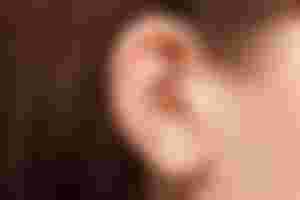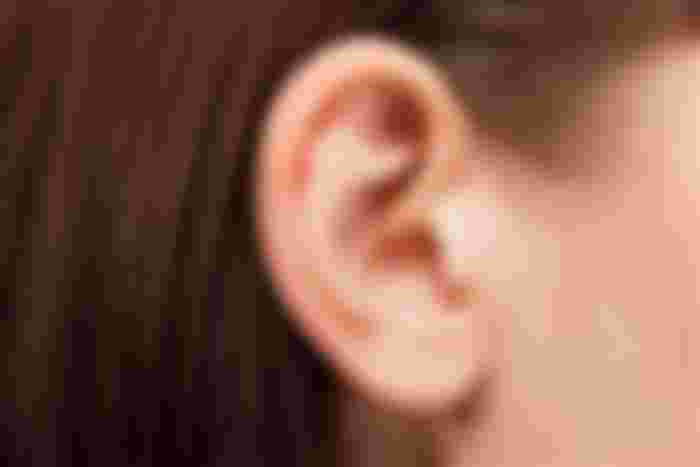
Some students believed that the man's outer ears were just crumpled ornaments on his head. They didn't see it as a useful goal other than to act as an ineffective hearing horn. But Dr. Dwight Batteau of United Research, Inc. of Cambridge, Massachusetts has found that his outer ears are creased to serve a very useful purpose. These curves, hills and ravines in the ears help determine from which direction a sound is coming from and also the approximate distance from its source. Therefore, it is believed that they do this:
Complex channels or twists, yes those wrinkles, in the ears add a little sound or a reflected echo to every sound you hear. This little extra echo will vary depending on the angles of the sound source. For example, if you hear a sound above you, the little echo added by the wrinkles in your ears will be different from what they add to a sound coming from below or behind you.
Now the little echo enters the ear a fraction of a second after the main sound. Then the part of the brain that deals with your hearing will analyze the main sound and the resulting delayed echo. And thanks to this analysis, you immediately notice the direction of the sound. Everything is happening so fast that you don't even notice it. Also, when you hear sound from the right ear, the right ear will hear it just before the left ear and vice versa. It also affects your ability to hear which direction a sound is coming from.
So even with your eyes closed, you can see if a sound is coming from behind, right, left or above. Yes, those wrinkles in the ears give meaning to your hearing and it increases the joy of life. With it, you know where to look when you hear the charming song of a bird lying in a tree or a woodpecker looking for white grubs. Improve listening to stereo music. You can have fun listening to the silky sound of violins on one speaker and the flourishing trumpet on the other.

Never knew it’s wrinkled for a reason